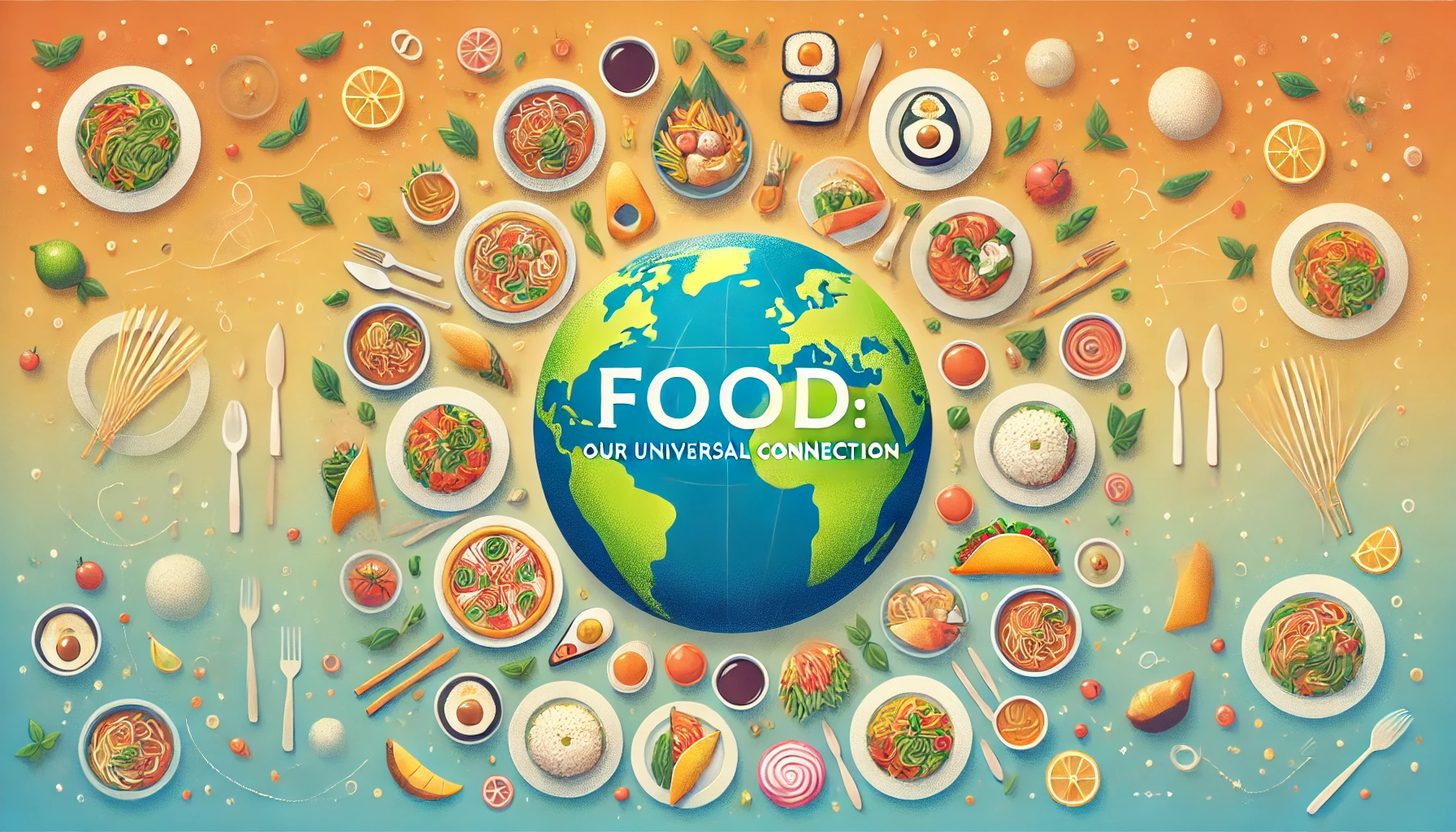Introduction: The Journey from SMS to Instant Messaging
Brief history of SMS and its foundational role in mobile communication
The nostalgic charm of early text tones and how they brought a sense of personal connection
The shift to app-based messaging, blending convenience with a very different notification experience
- The Golden Era of SMS and Personalized Notification Tones
The Invention and Adoption of SMS:
How SMS became a universal way to connect and the limitations of early messaging (160 characters per text)
Distinctive Sounds and Personal Connection:
How different phones had recognizable tones that defined the user experience (Nokia, Blackberry, etc.)
Examples of specific SMS tones that became symbols of the era, such as Nokia’s ‘beep’ or Blackberry’s notifications
SMS and Social Life:
How people anticipated each beep, making each message feel important and special
The experience of being connected without feeling overwhelmed; texts were brief and direct
- Rise of Messaging Apps: How WhatsApp, Messenger, and Telegram Changed the Game
Why Messaging Apps Became Popular:
Advantages of messaging apps over SMS (group chat, free international messaging, multimedia sharing)
How these apps democratized global communication by reducing costs and making it easier to stay in touch across borders
More than Just Text: The Power of Multimedia Messaging:
How messaging apps expanded the way we communicate with voice notes, video messages, emojis, and GIFs
The transition from plain text to richer, more expressive communication, allowing for emotional expression that SMS lacked
Group Chats and Community Building:
How group chats became virtual spaces for families, friends, and work teams
The dual nature of group chats: while they enhance connectivity, they also led to notification overload
- Notification Overload and the Decline of the Iconic SMS Tone
From Simple Alerts to Constant Interruptions:
The growing number of notifications per day, leading to “alert fatigue”
How apps began merging alerts into one “notification sound,” leading to a less distinct experience
Impact of Social Media and Apps on Notifications:
How additional platforms (social media, shopping apps, news alerts) started competing for our attention
How this changed user behavior—many users began to mute sounds or selectively manage notifications
Psychological Effects of Notification Overload:
Studies on how constant alerts impact focus, productivity, and even mental health
The shift to “do not disturb” modes and selective alerts as a response to digital fatigue

- The Personal Connection in Communication: How It Was Gained, Lost, and Transformed
SMS and Meaningful Conversations:
SMS often led to more intentional messages—since it cost money, people thought carefully about what they wanted to say
Long waiting times for responses often added anticipation and emotional value
Impact of Instant Messaging on Communication Quality:
How rapid, informal messaging often replaces deeper conversations
How “seen” and “read” receipts introduced new pressures, such as feeling compelled to reply immediately
Loss of “Specialness” in Modern Messaging:
With messaging apps, frequent pings are often seen as routine rather than personal, impacting the sense of connection
Examples of how modern messaging is sometimes “more” but feels “less,” lacking the exclusivity that SMS had
- Customizing Notifications to Recapture the Personal Touch
Using Custom Notification Settings to Make Messages Feel Unique:
Features in messaging apps (WhatsApp, iMessage, etc.) that allow custom sounds for different contacts or groups
How users can recreate the feeling of personal SMS tones by customizing their alerts
Personalizing Alerts by Contact:
Examples of setting specific tones for family members, close friends, or work contacts
Steps for customizing alerts in various apps for a more distinctive experience
Tips for Managing Notification Overload Without Losing Important Alerts:
Using “priority” notifications or “VIP” contacts
Setting work/life boundaries with app-based notification schedules and “do not disturb” modes
AI’s Role in Personalizing Communication:
Predictive text and AI-driven messaging platforms that adapt to your style and preferences
How AI may enhance conversations by offering real-time language translation or summarizing important points
Virtual Reality (VR) and Augmented Reality (AR) Communication:
The potential of VR and AR to make digital communication feel face-to-face
Examples of upcoming apps and devices aiming to simulate physical presence, creating immersive virtual “rooms”
Messaging Apps of the Future: Could They Bring Back Exclusivity?
Speculation on whether future messaging tech might be more selective and focused on real connection
Discussion on balancing instant accessibility with tools that foster genuine conversations

Conclusion: Finding Balance in the Digital Communication Era
Reflections on How Technology Has Changed Our Connections:
The journey from SMS to today’s messaging apps and the nostalgia for simpler, more personal tones
Acknowledging the benefits of modern messaging while recognizing the changes in how we connect
Encouragement for Intentional Communication:
Simple tips for making messaging meaningful, even in the digital age—like taking time to craft a thoughtful message or using custom notifications
How we can embrace technology without losing the personal touch that defines genuine human connection



























Leave a Reply